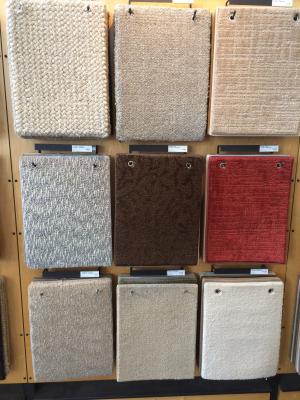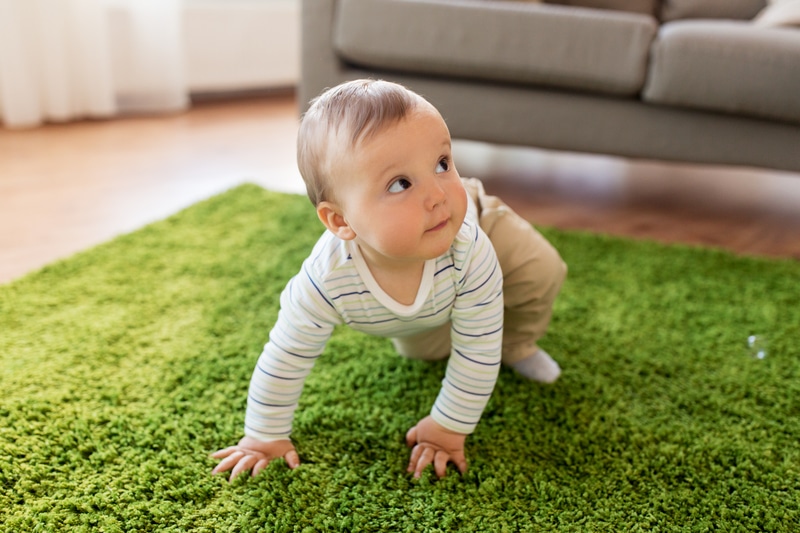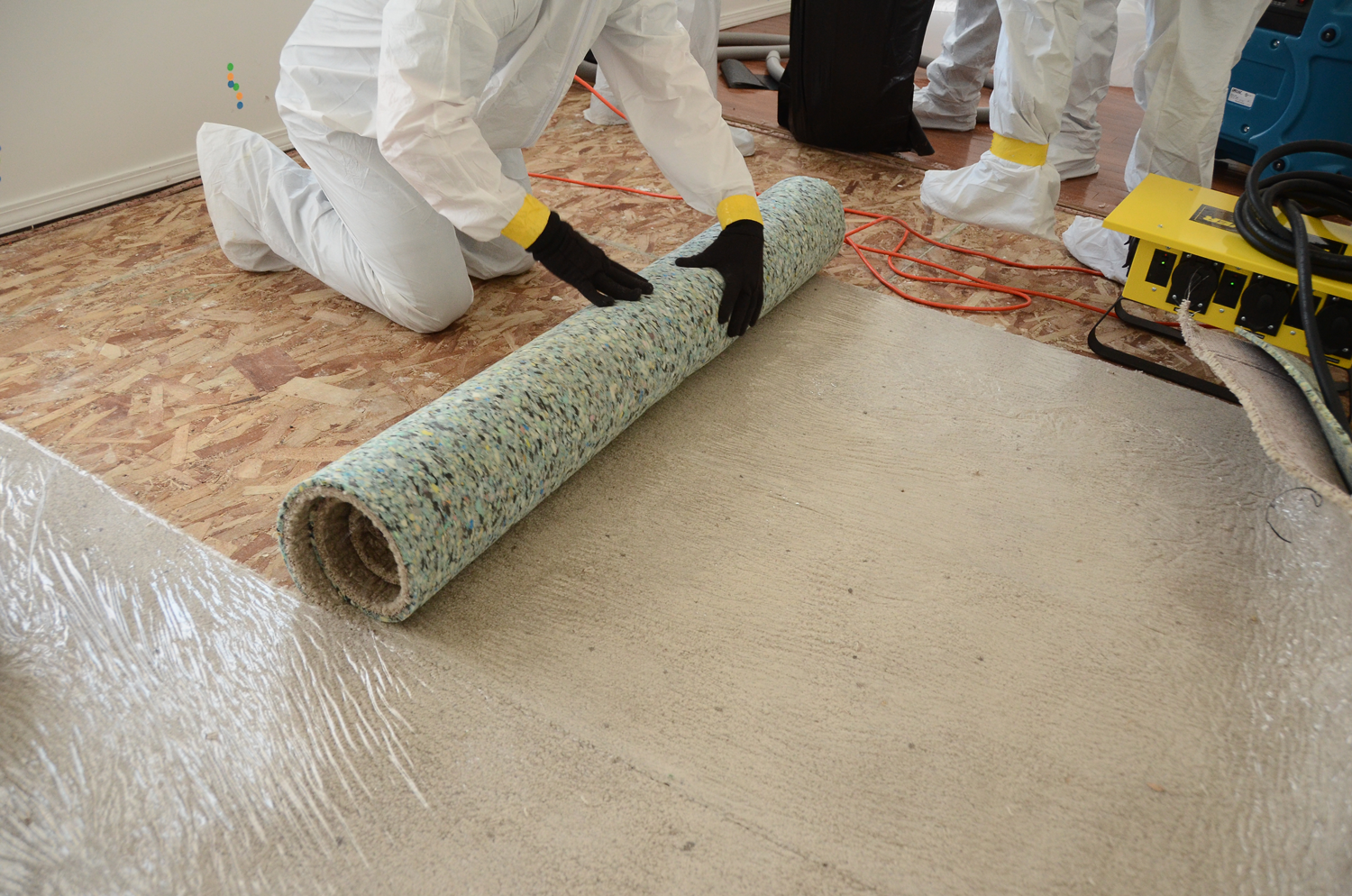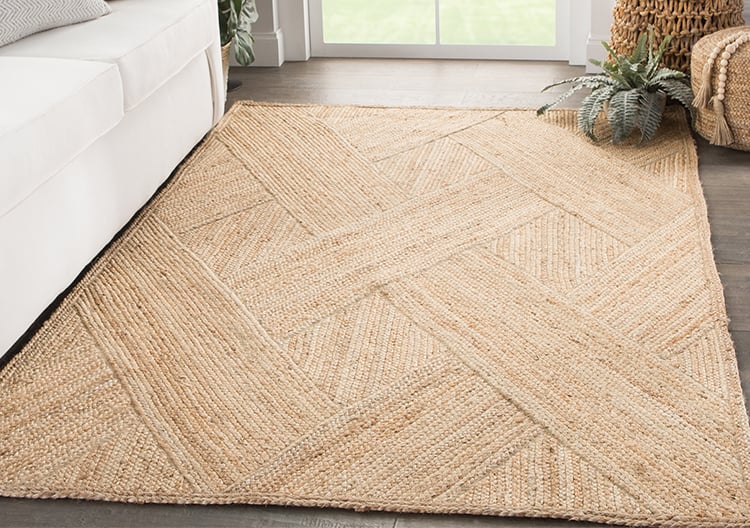When you remove that floor covering to make way for new flooring you may encounter the mastic and wonder whether it is safe to remove the main concern surrounding this question is that black mastic often contains asbestos.
Identifying carpet adhesives.
Common in homes built in the 20th century black mastic was used as an adhesive for ceramic tile linoleum and other flooring materials.
If it is 9 by 9 in 230 by 230 mm 12 by 12 in 300 by 300 mm or 18 by 18 in 460 by 460 mm there s a chance that there s mastic adhesive with asbestos under your tiles.
This is the same stuff we just took out.
Use a measuring tape to measure the length and width of one of your flooring tiles.
There are so many ways to remove the marks of carpet glue left after lifting carpet from the floor.
While adhesive spots can be tough to eliminate there are a variety of cleansing items that can be effective for eliminating glue.
In some cases these glues were used to seal the edges of carpets and other flooring such as laminates or tiles.
Green label plus a voluntary industry testing program for carpet and adhesive products establishes the highest standard for indoor air quality iaq ever set by the carpet industry.
Up until the 1980s asbestos was occasionally used in adhesives.
The adhering to overview offers efficient ideas for getting rid of glue spots from a carpet.
You can move away tar based glue marks by using adhesive removal with mineral spirit.
Since the carpet was removed the traffic in the building has created little balls on the surface of the old adhesive.
As with underlay it doesn t pose an immediate danger as it s difficult for the fibres to escape.
The carpet and rug institute cri created green label plus to identify carpets and adhesives that are tested by an independent certified laboratory and meet stringent criteria for low chemical emissions.
The new carpet tiles are being installed without adhesives and are a rubber backed commercial carpet tile.
For general carpet adhesive hot water and steam is the best option.



























